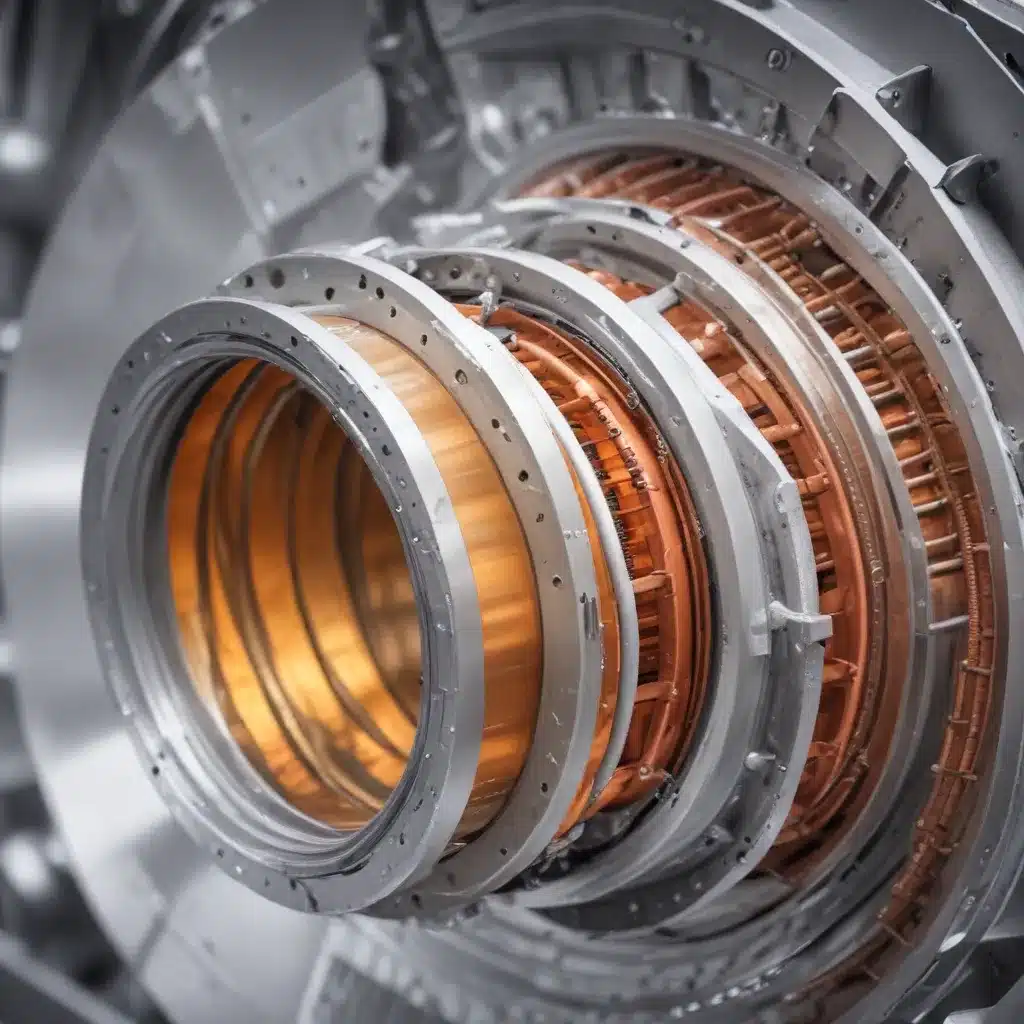
The Evolving Landscape of Air-Cooled Heat Exchangers
In the ever-advancing world of thermal engineering, air-cooled heat exchangers have emerged as the silent heroes, quietly and efficiently managing the thermal demands of a wide range of industries. As the push for green and renewable energy gains momentum, the role of these innovative heat exchangers has become increasingly crucial, serving as vital components in various sustainability-focused applications.
Balancing Thermal Performance and Noise Reduction
One of the primary challenges in air-cooled heat exchanger design has been the delicate balance between thermal performance and noise reduction. Traditionally, the use of high-speed fans to drive airflow has often resulted in unwanted noise, creating challenges in environments that require a more serene atmosphere, such as office spaces or residential areas. However, recent advancements in fan blade design, motor technology, and vibration reduction have led to the development of silent cooling solutions that do not compromise the thermal management capabilities of these heat exchangers.
Optimizing Airflow and Heat Dissipation
Effective thermal management is not just about moving the maximum amount of air; it’s about optimizing airflow for the best heat dissipation with the least noise. The engineering teams behind air-cooled heat exchangers have been exploring innovative approaches to achieve this balance, leveraging computational fluid dynamics (CFD) and artificial neural networks (ANN) to simulate airflow patterns and heat transfer within electronic enclosures. This data-driven approach allows for the precise placement and configuration of air-cooled heat exchangers, ensuring that cooling is targeted and efficient, addressing the unique thermal footprint of each application.
Customizing Thermal Solutions for Diverse Industries
The thermal management needs of electronic devices, industrial processes, and energy systems can vary significantly, necessitating a tailored approach to air-cooled heat exchanger design. Experts in the field are collaborating closely with clients to analyze the specific heat generation patterns and operational requirements of each application, recommending customized solutions that prioritize both performance and energy efficiency.
Navigating the Complexities of Thermal Management
Thermal management is a multifaceted challenge, with factors such as operating conditions, environmental factors, and material properties all playing a crucial role in the design and performance of air-cooled heat exchangers. By engaging in expert engineering consultation, manufacturers and clients can navigate these complexities, ensuring that the selected heat exchanger configuration not only meets the technical requirements but also aligns with the broader sustainability goals of the organization.
Addressing the Unique Needs of Emerging Technologies
As new technologies continue to push the boundaries of thermal management, air-cooled heat exchangers are adapting to meet the evolving needs of industries. From high-performance computing and data centers to renewable energy systems and electric vehicles, these heat exchangers are being engineered to provide efficient and noise-free cooling solutions that support the growth and development of these innovative sectors.
Leveraging Advanced Materials and Manufacturing Techniques
The development of air-cooled heat exchangers has also been influenced by advancements in materials science and manufacturing processes. By incorporating cutting-edge materials and utilizing precision manufacturing techniques, heat exchanger designs can be optimized for improved thermal performance, reduced weight, and enhanced durability.
Unlocking the Potential of Advanced Materials
Materials such as high-conductivity alloys, engineered ceramics, and advanced coatings are being explored to enhance the heat transfer capabilities of air-cooled heat exchangers, enabling them to handle increasingly demanding thermal loads without compromising reliability or operational lifespan.
Precision Manufacturing for Enhanced Performance
Innovations in manufacturing, such as additive manufacturing (3D printing) and advanced machining methods, allow for the creation of intricate heat exchanger geometries and the integration of complex features that were previously difficult or impossible to produce. This has opened up new avenues for optimizing airflow, improving heat transfer, and reducing overall system complexity.
The Future of Air-Cooled Heat Exchangers: Sustainability and Efficiency
As the world becomes increasingly conscious of its environmental impact, the role of air-cooled heat exchangers in driving sustainable practices has come into sharp focus. These heat exchangers are not only essential for cooling and thermal management but also play a pivotal role in enhancing energy efficiency and reducing carbon footprints across various industries.
Embracing Renewable Energy Integration
In the renewable energy sector, air-cooled heat exchangers are integral to the efficient operation of solar thermal power plants, geothermal facilities, and waste heat recovery systems. By effectively dissipating the heat generated in these applications, air-cooled heat exchangers contribute to the overall sustainability and viability of these renewable energy solutions.
Optimizing Energy Consumption in Data Centers and Electronics
The exponential growth of data-driven technologies and the resulting surge in energy consumption have made air-cooled heat exchangers a critical component in data center and electronic device cooling. By precisely managing the thermal loads of these high-performance systems, air-cooled heat exchangers help reduce energy usage and minimize the environmental impact of these energy-intensive industries.
Towards a Greener Future: The Role of Air-Cooled Heat Exchangers
As the world continues to seek innovative solutions to address the pressing challenges of climate change and resource conservation, air-cooled heat exchangers stand at the forefront of these efforts. Through their strategic deployment in sustainable applications, continuous design improvements, and integration with advanced materials and manufacturing techniques, these silent heroes of thermal engineering are poised to play a pivotal role in shaping a greener, more efficient future.
Conclusion: Embracing the Potential of Air-Cooled Heat Exchanger Innovation
The evolution of air-cooled heat exchanger design has been a testament to the ingenuity and dedication of thermal engineering professionals. By exploring innovative approaches, leveraging advanced technologies, and collaborating closely with clients, the industry is unlocking new possibilities in thermal management, sustainability, and efficiency.
As the demand for energy-efficient and environmentally responsible solutions continues to grow, air-cooled heat exchangers will undoubtedly remain at the forefront of this critical pursuit. By embracing the potential of these versatile and adaptable heat exchangers, industries can look forward to a future where thermal management is not just a functional necessity but a strategic advantage in the race towards a more sustainable and prosperous world.

